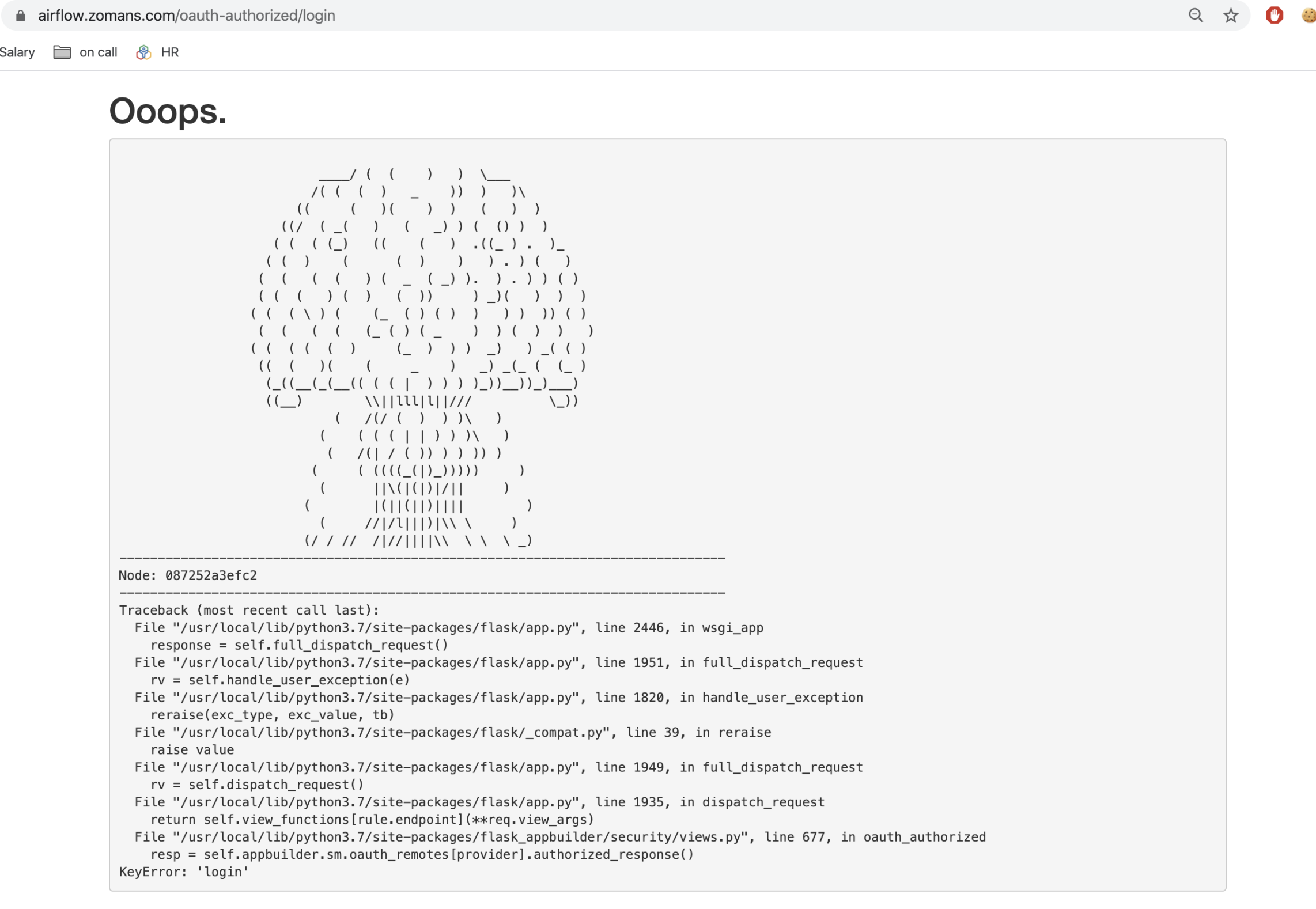


In my case, I decided to call it *flask-phone-input* (but of course you can use any name for it that you like): When you create a new project, it’s a best practice to create a directory where it will live. Project Directory and Virtual Environment The goal of this article is to have this awesome project fully integrated with Flask-WTF and Bootstrap-Flask, which is not as trivial as it may appear. To some extent you are correct – I’m using the intlTelInput JavaScript library. I know what you are thinking: you looked at the demo animation above and immediately realized that as cool as this phone number input field is, Flask and Python have nothing to do with the implementation. Once a user enters a number, this field provides it in the canonical E.164 format, which Twilio users know and love. Once a country is selected, the content portion of the field shows a phone number template that helps the user know how to enter their number correctly. In this post, we’ll build an example Flask application that includes a phone number field that makes it virtually impossible to enter an invalid number.Īs you can see, this field includes a dropdown that lists all the countries, with cute little flag icons and their corresponding numeric country codes. You could use a standard text input and hope your users know how to enter their phone number, but based on my experience, you are going to find that many users do not know the rules to enter a full phone number that includes the country code and can be used internationally.

Webserver_config.The Flask-WTF package makes working with forms in Flask straightforward and even fun – unless you need to include a field that falls outside of the standard primitive field types.Ĭonsider an application that needs to ask users for their phone number in a friendly way, regardless of the country or region the user is in. Configure Airflow to use your CustomSecurityManager.Webserver_config.py: from import AirflowSecurityManagerĬlass CustomSecurityManager(AirflowSecurityManager): It would use your custom view to handle login. Log.debug("Provider: ".format(e))įlash(as_unicode(self.invalid_login_message), "warning") Webserver_config.py: from flask_ import AuthOAuthViewĬlass login(self, provider: Optional = None) -> WerkzeugResponse: (I used v4.1.3 as reference code and modified it slightly). Prepare custom view class, let's call it CustomAuth0AuthView - it would bring back old behavior on login method.If you want previous behavior to be used in your deployment, this is what most likely would work (although I didn't test it): This is the PR (with justification) that removed this functionality: Flask Appbuilder = 3.4.0 changed the behavior and made it impossible to achieve this.After upgrading Airflow, Flask Appbuilder version was probably also bumped and that caused change in behavior.


 0 kommentar(er)
0 kommentar(er)
